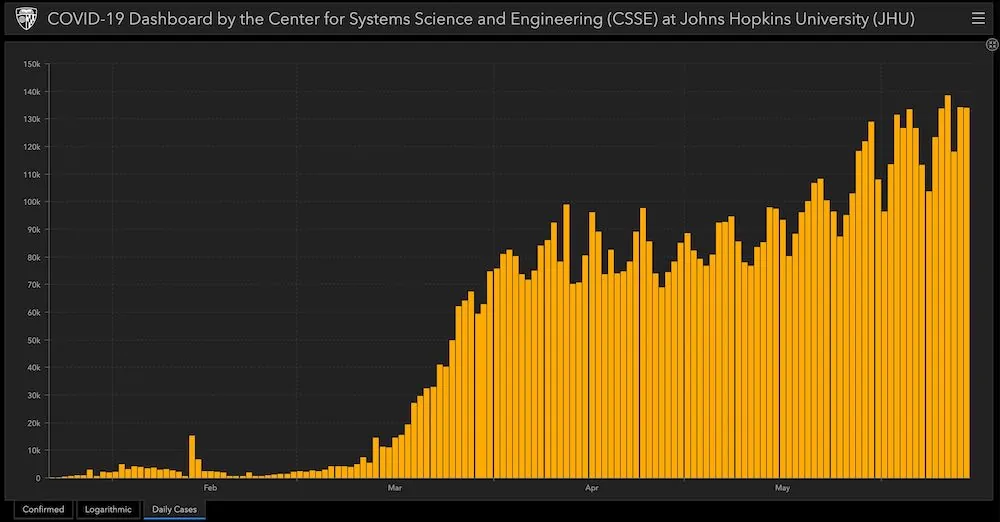Design: Jean-Dominique Lavoix-Carli
Facing Apocalypse
The Apocalypse literally means “the Book of Revelation”. From a theological as well as heuristic point of view, it means that the Apocalypse is the moment in history when entire societies are forced to lift the veils of illusions. Doing so, the revelation of the real state of things emerges, implacably.
Golden State or burning state?
That is why California’s burning is a truly apocalyptic situation. Indeed, the tsunami of fire that engulfs the “Golden State” reveals that California is reaching the limits of its sustainability.
- Trump Geopolitics – 1: Trump as the AI Power President
- Uranium for the U.S. Nuclear Renaissance – 2: Towards a global geopolitical race
- The New Space Race (1) – The BRICS and Space Mining
- Uranium for the U.S. Nuclear Renaissance – 1: Meeting Unprecedented Requirements
- Fifth Year of Advanced Training in Early Warning Systems & Indicators – ESFSI of Tunisia
However, in geopolitical terms, California is a major actor. Indeed, it is where Hollywood and the Silicon Valley are located. It is where they thrive, and it is from there they exert the U.S. technological and cultural influence on a global scale. California is also a major industrial and agricultural actor. Finally, California is also the trade and military interface between the U.S. and the Indo-Asia-Pacific region.
Hence, the burning and aridification of California also means a potential massive disruption of American power and influence. Actually, the strategic significance of these mega wildfires is even deeper. We can sum it up in a simple question: what are the geopolitics of a burning world? In other words, who will burn and who will access to water (“When Denial and Passivity Verge on Stupidity” – The Red (Team) Analysis Weekly – 9 January 2020) ?
Fire Apocalypse, Now!
An “apocalyptic moment” is nothing but a moment of revelation about the true state of things. Thus, qualifying the year 2020 as “apocalyptic” is indeed revealing some deep truth about California and the reality of its frailty.
Over the last few years, with yearly wildfires, a historic part of the Californian landscape, ecology and development have been replaced by something else. This “something” is a singularity, i.e mega fires that are fuelled not by natural conditions, but by being part of the ecology of the New Frontier (Ed Struzik, “The Age of Megafires: The World Hits a Climate Tipping Point”, Yale 360, September 17, 2020).
Climate as flamethrower
This “Fire Frontier” emerges as if a continental flamethrower were devastating the whole west coast as well as the South West from British Columbia up north, Washington State, Oregon, to southern San Diego (2020 Western United States Wildfire Season, Wikipedia).
In the meantime, during the whole summer, immense wildfires burnt through the neighbouring states of Arizona, Nevada and Idaho.
The majority of the wildfires were, or are, of historic proportions. During the 2020 Summer, 5 million acres burnt, exceeding all other previous record. Knowing that 17 out of 20 of the largest wildfires in California happened since 2003, this new record is a signal of the events to come (Ed Struzik, “The Age of Megafires: The World Hits a Climate Tipping Point”, Yale 360, September 17, 2020).
The violence of the 2020 fires is such that their heat triggers category F-2 and F-3 tornadoes as well as thunderstorms. The winds they generate expand the fires and generate lightning clouds. In turn the lightning create new fires. The winds accelerate the fires’ coalescence, turning the wildfires into monsters, which are impossible to control (Cynthia Gorney, “In lightning-struck California, the smoke is now scarier than the pandemic », National Geographic, August 21).
Fire as the new wilderness
The presence of immense swaths of dead forests end up being immense fire stocks. Indeed, those forests are suffering from the drying ground. They also die because of the invasion of mountain pine beetles, which larvae are no longer killed by winter because of too mild temperatures, and dry ground (Jean-Michel Valantin, “The Global Wildfire (1)“, The Red (Team) Analysis Society, January 27,2020).
This fire violence is the bifurcation of California and world history into the singularity of climate change. Indeed, the causes of the current climate change are the interactions between carbon fuels’ use for the development of modern societies, and the geosphere. Those interactions are radically altering the planetary conditions out of which they emerge.
Such an event, with this rhythm and intensity, has never occurred in the history of our planet. This is why it is a singularity. The 2020 mega wildfires are a signal, among others, of the way the 21st century and totally unknown conditions will interpenetrate.
In historic terms, it is fascinating to note that the conquest of the West and the closure of the Frontier are the consequences of the conquest of California. 150 years after the closing of the geographic frontier, a singularity frontier opens up in the very same space. What is at stake is knowing if the modern Californian cities and industries emerging from the nineteenth and the twentieth centuries are able to adapt to these new and hostile conditions?
In this regard, the case of the California power grid is quite interesting.
Burn, power grid, Burn!
First of all, California’s power grid is 60 years old. Then, its design and construction belong to the climate prevailing in California 60 years ago, and not to the rapidly and violently changing current climate.
However, this very grid transports electricity towards homes, cities, utilities. It also feeds places such as the Silicon Valley and its global internet pure players, from Google to Facebook.
Some corporate and individual actors are choosing to get off the grid by acquiring solar panels, in order to be energetically autonomous. However, all over the state, massive ashes clouds, resulting from the fires, cover the panels, thus nullifying their efficiency (Editorial Board, « California’s wildfire power eclipse », The Wall Street Journal, Sept. 14, 2020).
Electric frailty
As a result, the Californian electricity operators have to operate numerous rollbacks. They also ask people to use less energy at home, shutting off their air conditioning, for example.
In the same time, during these tough times, California has to import more electricity from other states. Yet, multiple blackouts occurred. The power grid has been under massive stress, forcing power grid managers to “exchange” rollbacks and blackouts “against” overloading an aging and unsafe grid on the verge of collapse.
In other terms, in a rapidly warming planet, California has to upgrade its overstressed power grid, while having growing electricity needs, because, among others, of the collective urban needs for air conditioning in a time of heat waves (Sammy Roth, “Why California’s power grid keep flirting with disaster? We’ve got answers”, Los Angeles Times, September 8, 2020).
On the Frontier of Burning world
We must keep in mind that California is the 6th or 7th economy in the world. It is also one of the two main agricultural regions in the U.S. with the Middle West. However, modern economic development is totally dependent upon access to electricity.
This is all the more true for California. Indeed, the electricity needs of the Silicon Valley, of the Hollywood studios and of megapoleis such as Los Angeles, San Francisco and San Diego are immense.
Enter Burning World
However the multiplication of mega wildfires threatens the electricity supply of California. The fires burn wooden poles and melting wires over hundreds of kilometres, while menacing utilities and renewable energy’s hardware. In other words, California is presently transporting itself on a new planet, the Burning World (David Wallace Wells, The Uninhabitable Earth, Life after Warming, 2019).
We could also say that the new reality is that the Burning World is becoming the new ecological reality of California. There, the current infrastructures have become inadequate.
The Californian case begs the question: is adaptation possible, for modern societies, to and in the Burning world? This question will be at very heart of the next article of this series.













































